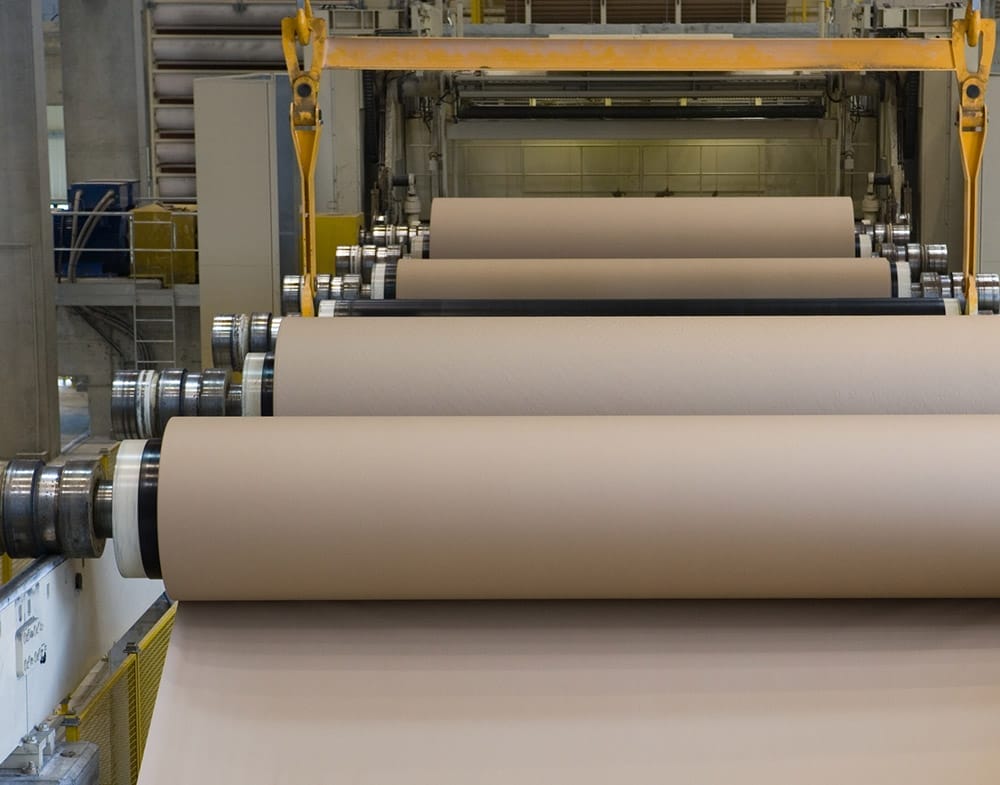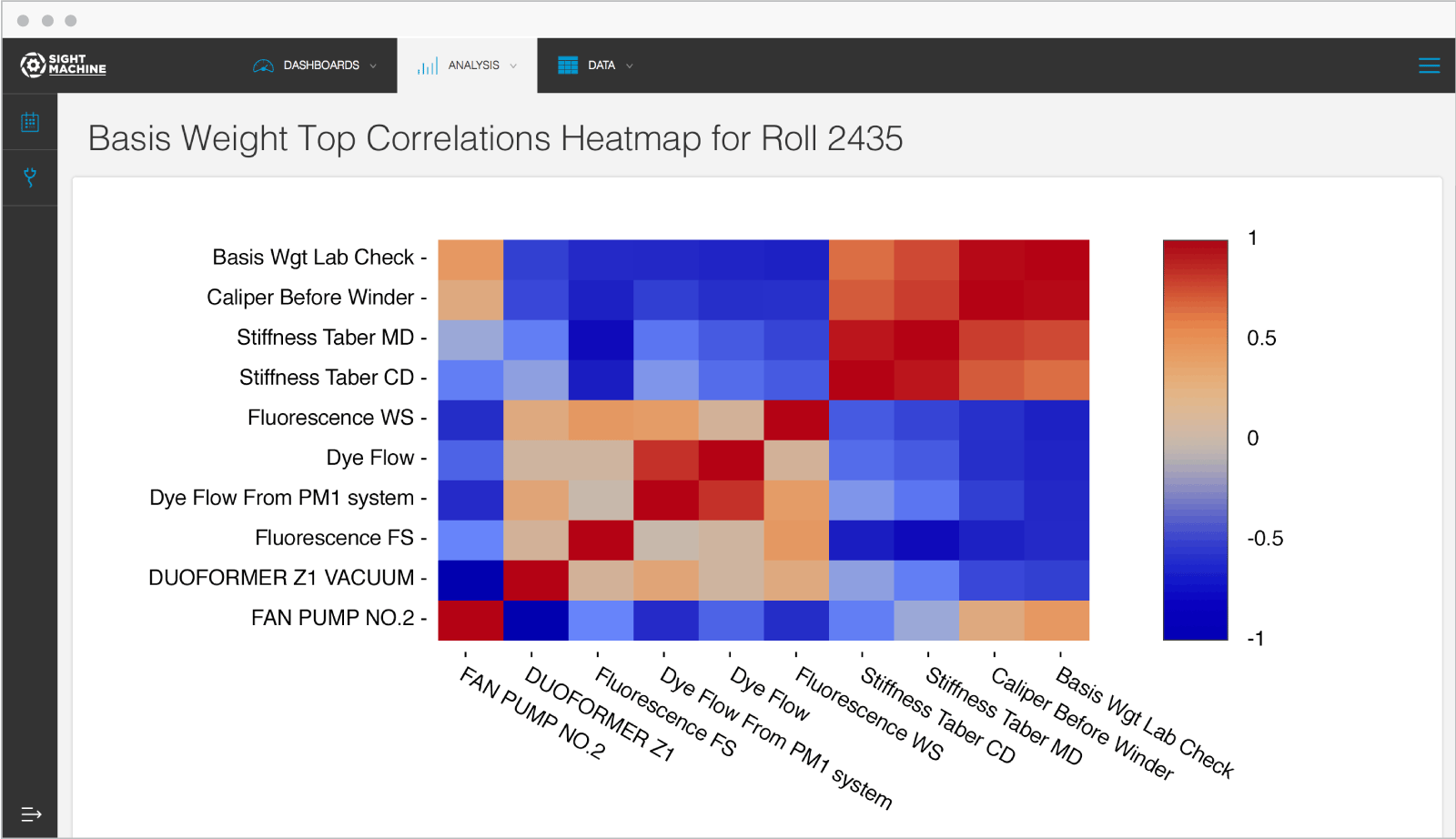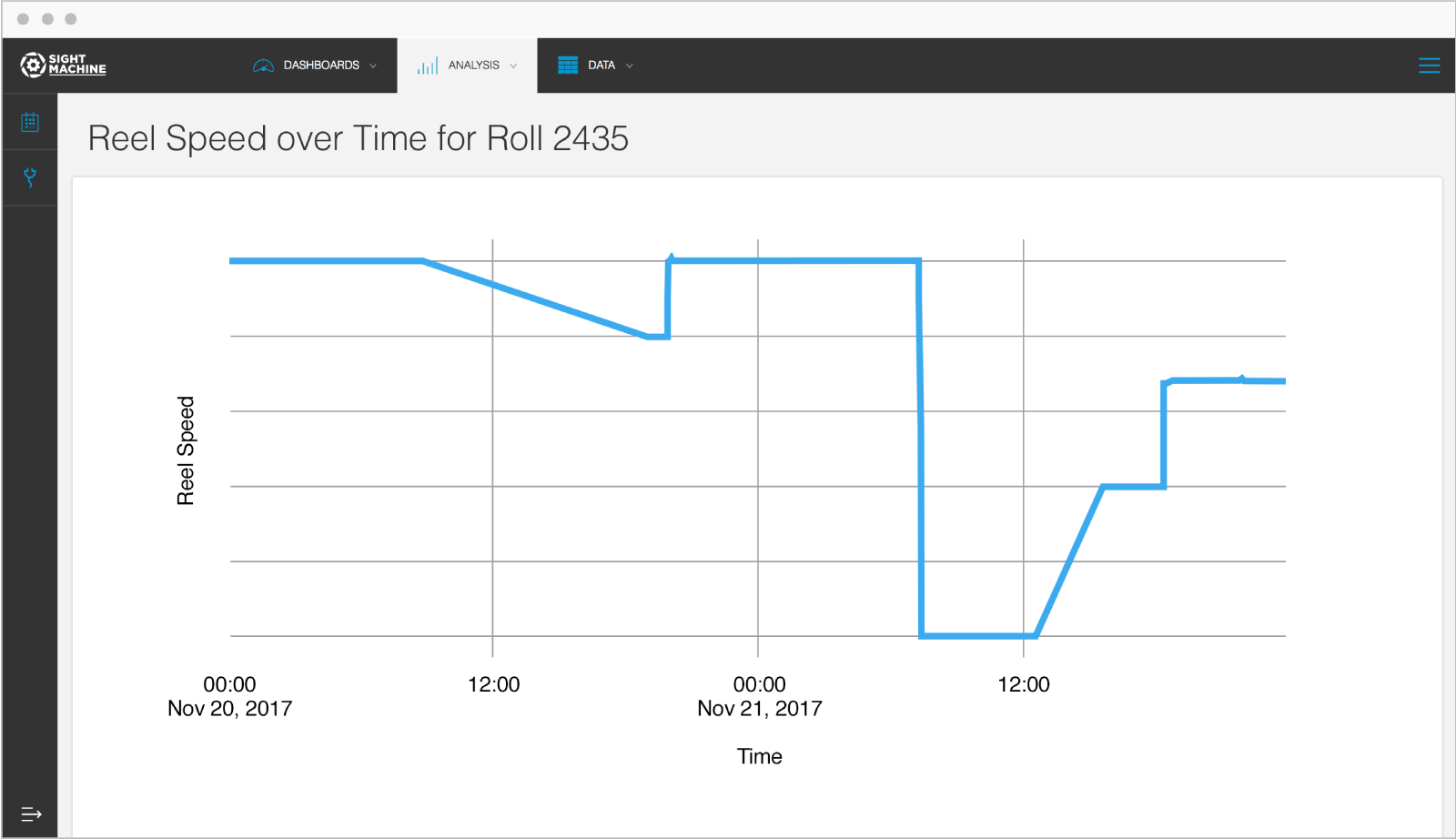- Product
Product
World-class technology to enable world-class manufacturing
Connect, unify and label all of your factory data
Restructure data from multiple plant sources
Benchmark, monitor, and improve productivity
Drive operational improvements across your enterprise applications
Converts Chaos of Manufacturing Data Names Into Corporate-Standard Naming Systems - SolutionsNew
AI Agents, real-time data platform, and 3D digital twins in a single solution for shop floor operators.
Delivering value to the entire organization.
We deliver outcomes.Solving manufacturing’s biggest challenges.
AI and Machine Learning for manufacturing.
New - Resources
- Company
- Documentation
- Book a Demo
- Join Our Team





